
|
Samurai, or bushi as they are called in Japan, were the military nobility of medieval and early-modern Japan. Their superb fighting skills and knowledge of martial arts has made them the subject of many a movie in our time, but little is known about the lives of the samurais themselves. Here is a beautiful and real look into the samurai customs and history through images of the World's last samurai warriors.
|
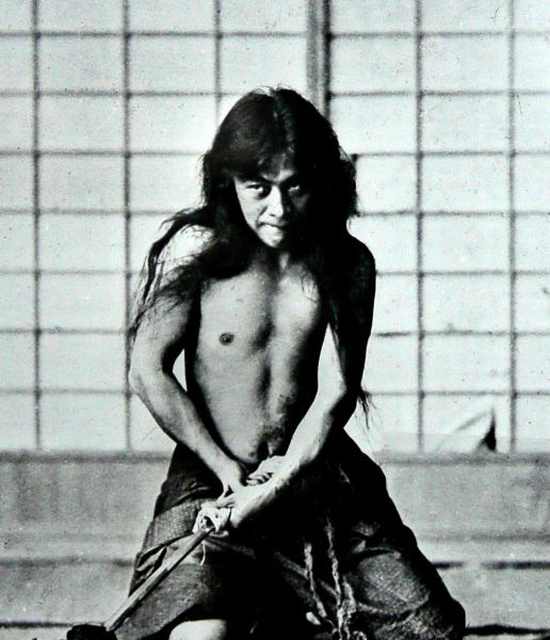 |
|
|
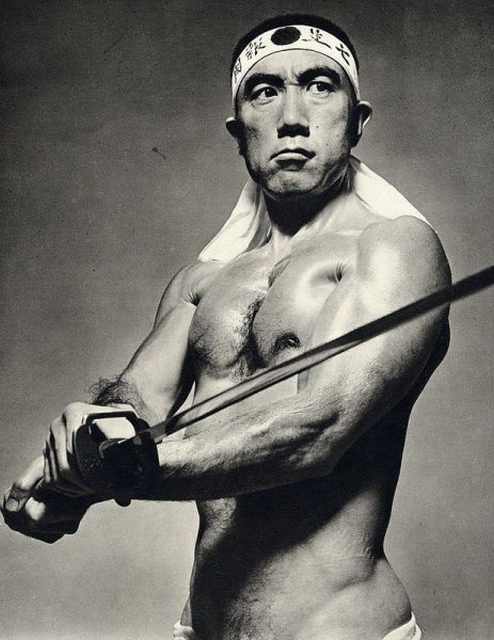 |
|
The Taiho Code issued in 702 BCE, Emperor Mommu introduced a law classifying the Imperial bureaucrats into 12 groups. The sixth rank of these grounds were called the 'samurai' and were meant to deal day-to-day affairs for the Emperor. These early samurai were merely public servants and had nothing to do with the military regime. |
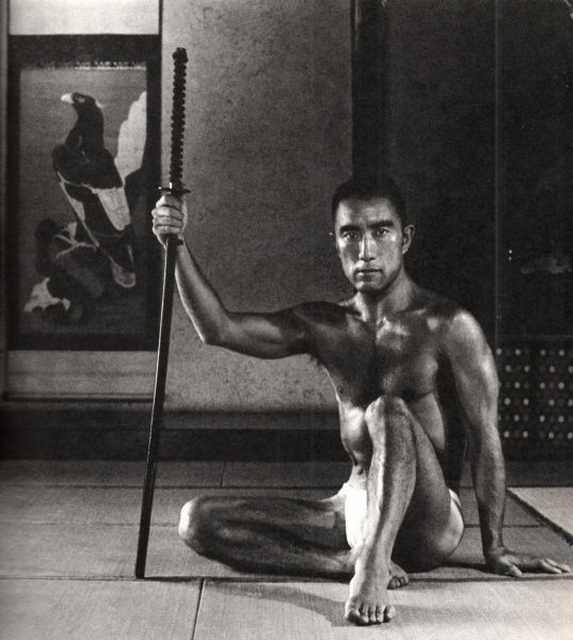 |
|
|
 |
|
Samurai only became known as warriors at the end of 12th century, eventually taking control of all of Japan. |
 |
|
|
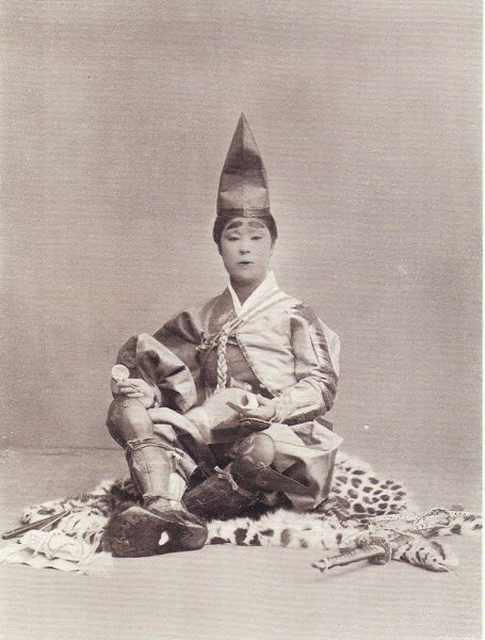 |
|
From an early like they followed an ethical code known as the bushido, or 'the way of the warrior'. Their moral code stresses frugality, loyalty, martial arts and honor unto death. Their wives and children were also meant to closely follow this code, which was later influenced by a number of religions, including Confucianism and Zen Buddhism. |
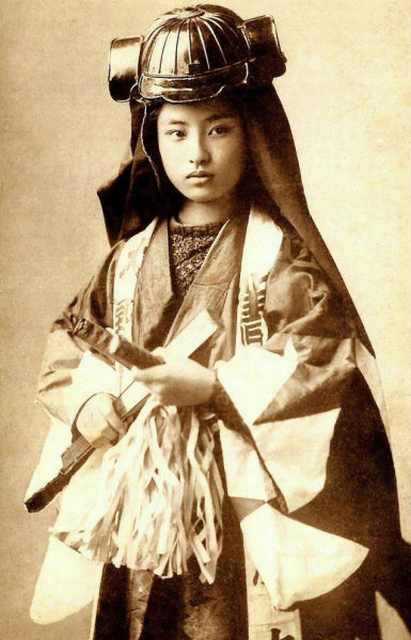 |
|
|
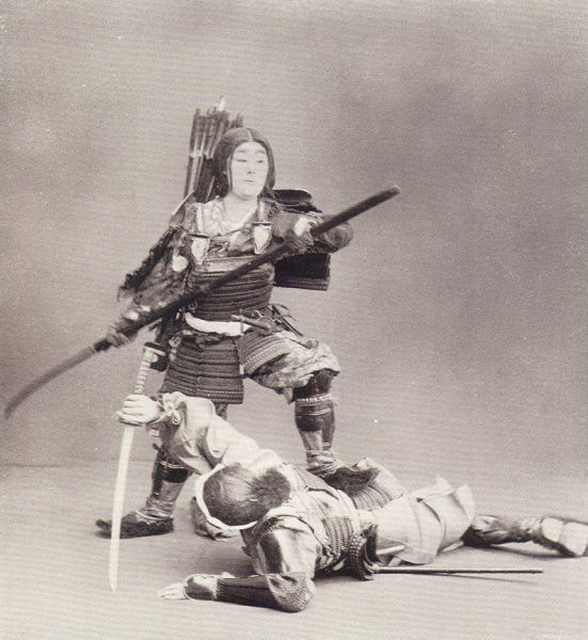 |
|
|
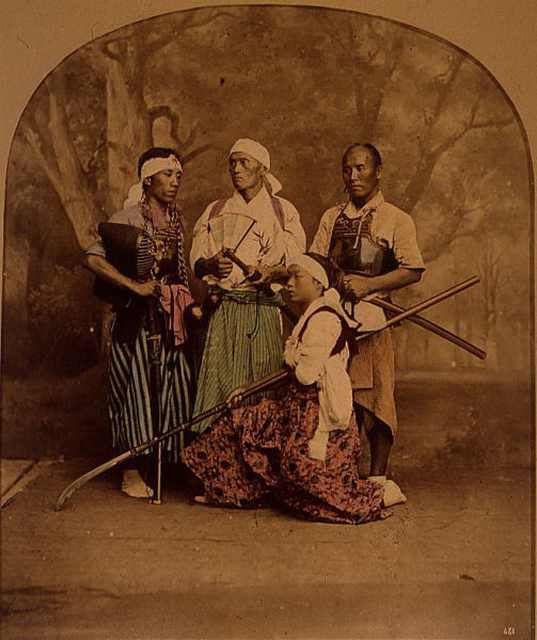 |
|
The supreme military leader of the samurai is called the Shogun. The first Shogun led the samurai tribes to victory and control over the government in the 12th century. |
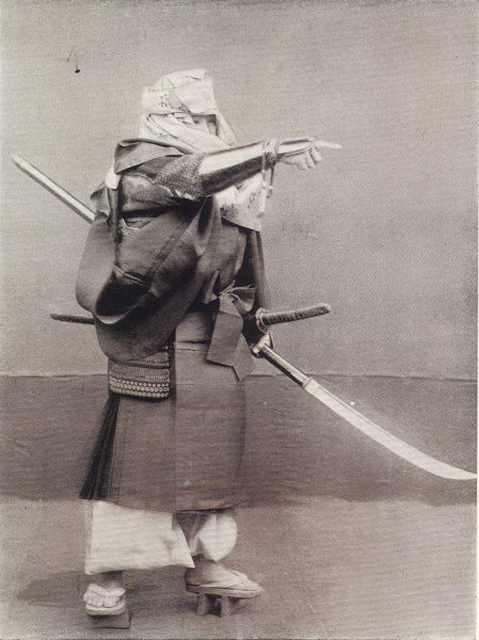 |
|
|
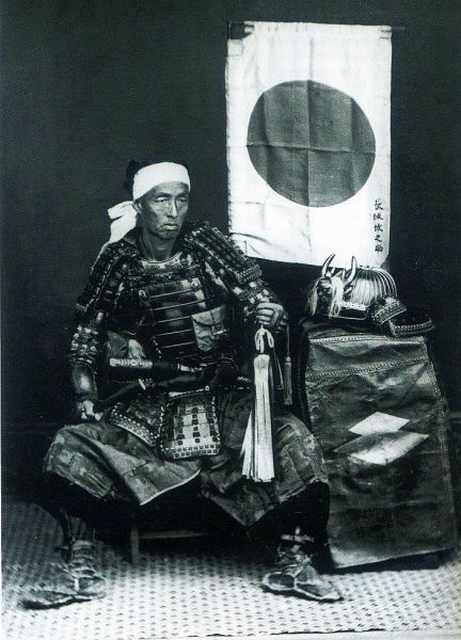 |
|
The samurai are masters of a wide range of weapons, such as bows and arrows, spears and guns, but their main weapon has always been the sword. |
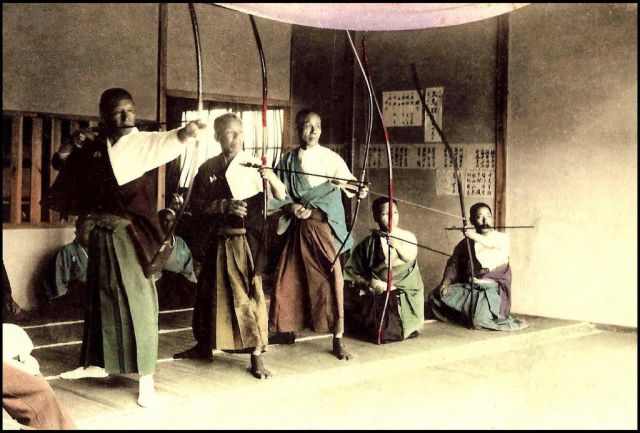 |
|
|
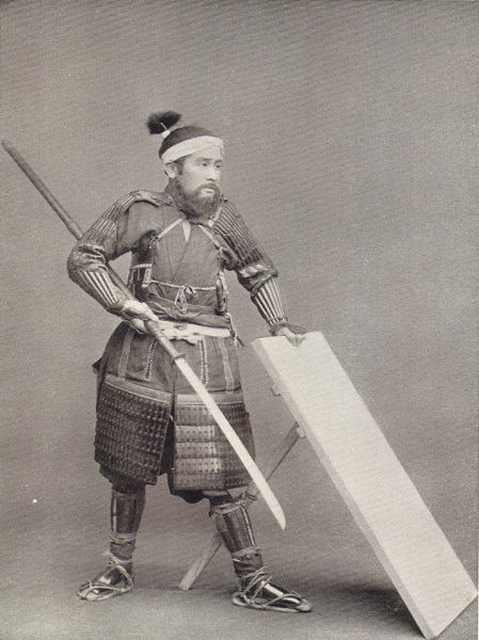 |
|
|
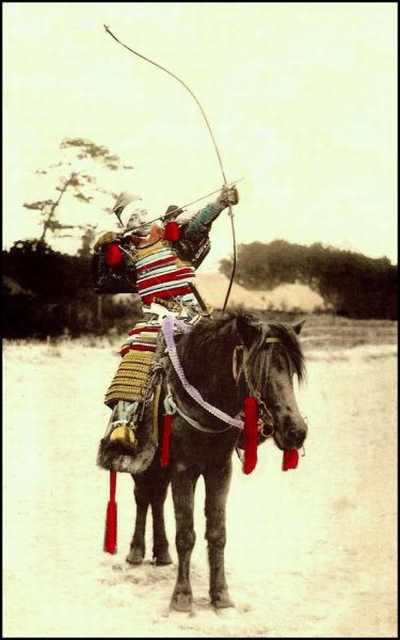 |
|
|
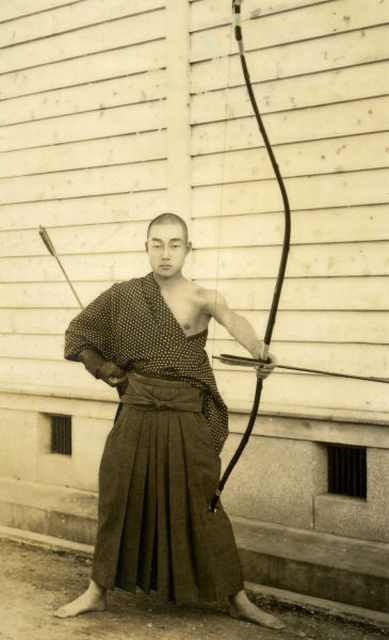 |
|
In the 15th and 16th centuries, Japan's states were at war and samurai warriors were in high demand. This was the era when the ninja warriors, specializing in guerilla warfare, were most active, many of them springing out of the samurai ranks. |
 |
|
|
 |
|
|
 |
|
|
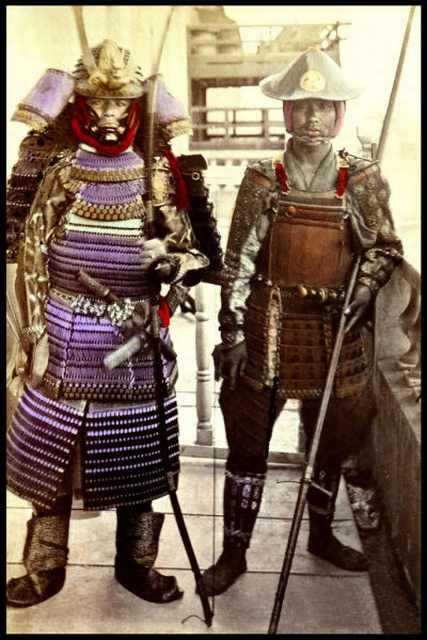 |
|
When the country reunited in the late 1500s, a rigid social caste system was established and the samurai was on top. They were forced to live in castle towns, were the only ones permitted to carry swords and were paid in rice by their feudal lords. |
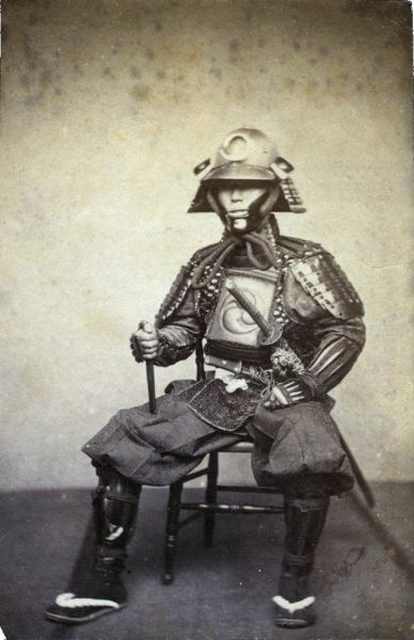 |
|
|
 |
|
A master-less samurai was called a 'ronin', or wave man, who later became a social problem in Japan due to their aimless wandering. A samurai would become a ronin once he was no longer in the service of his master, because he had been banished for failing to follow the 'bushido', or because he had chosen the life of a ronin. |
 |
|
|
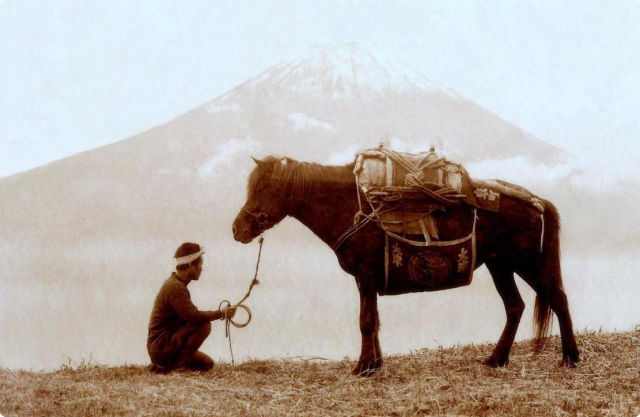 |
|
The samurai armor was called yoroi, made from small individual scales called kozane. The armor was usually made from iron or leather and was bound together. |
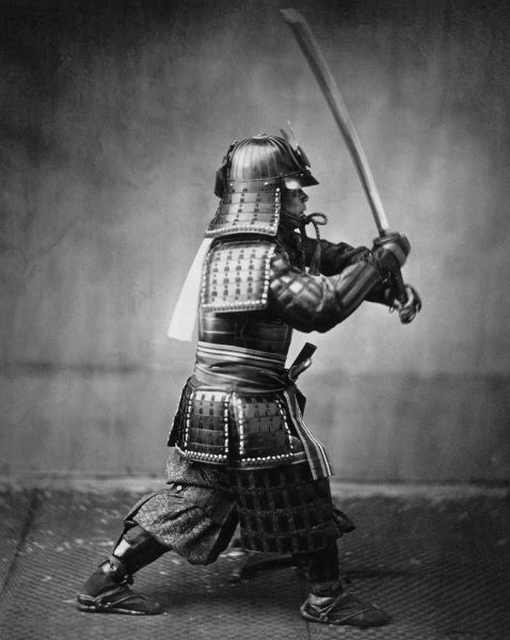 |
|
|
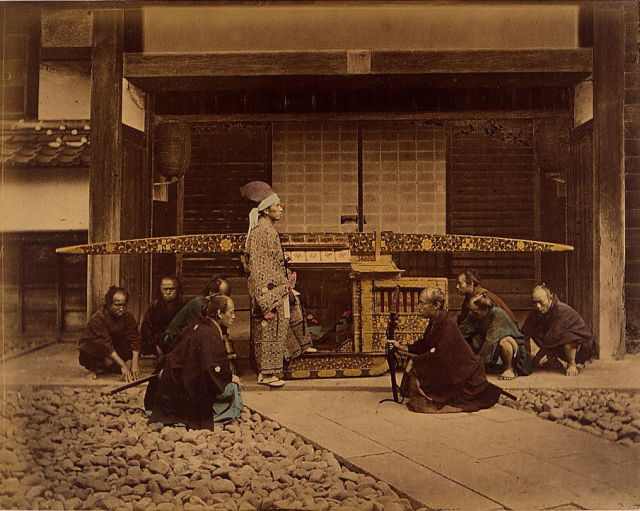 |
|
Samurai were of Japan's well-educated class, with nearly full literacy among the male samurai population. They learned philosophy, literature and the art of war, not only in their practice, but also through books and writings passed down by the generations. |
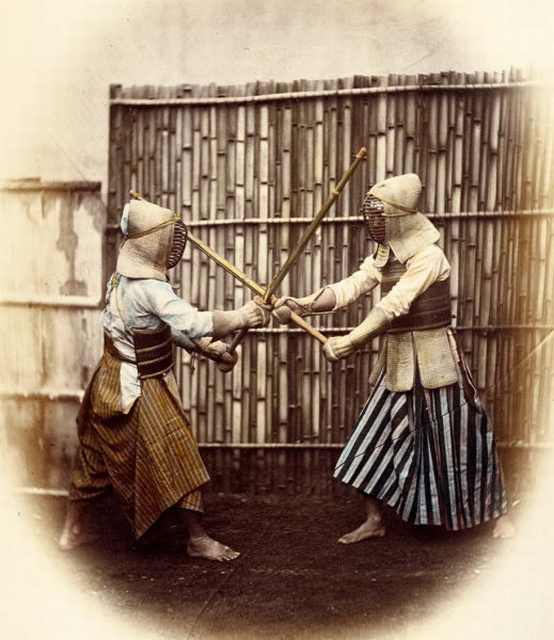 |
|
|
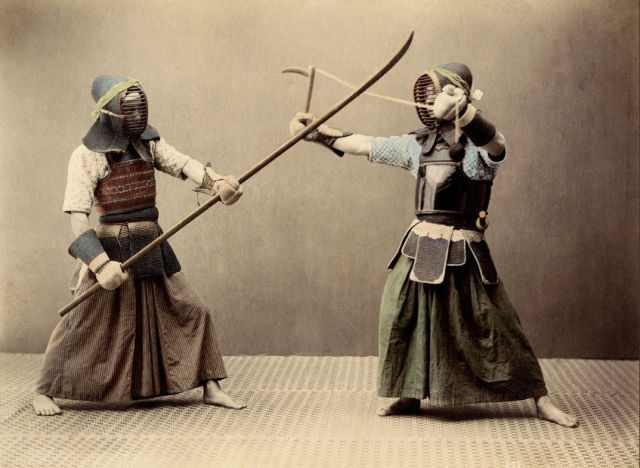 |
|
By the 1800s, the importance of martial arts and the art of war had declined, and with it the status of the samurai class. Many samurai then became bureaucrats, teachers and artists, leaving behind their long past of discipline and skill in martial arts and sword fighting. |
 |
|
|
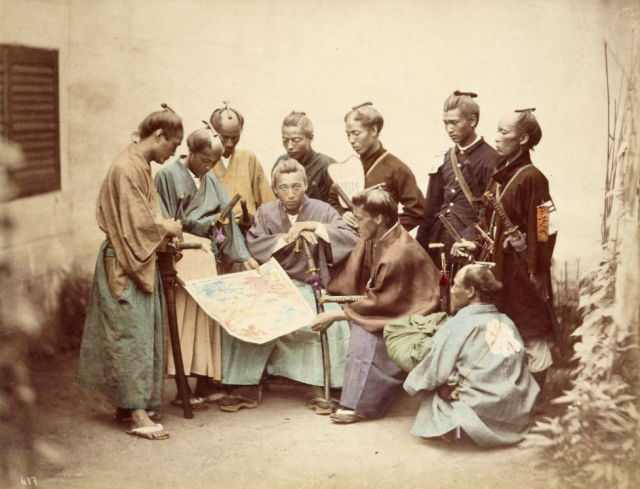 |
|
|
 |
|
Although the samurai were no longer needed in their traditional roles, their military nature was manipulated by the modern Japanese government beginning in the 19th century. They became part of a western-style national army as volunteers or under forced conscription, many of the samurais becoming officers and high-ranking members of the military. |
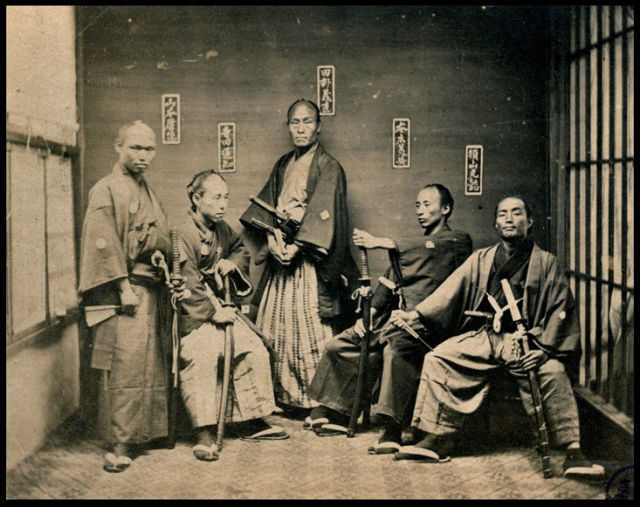 |
|
|
 |
|
Today, the legend of the great samurais remains only in the pages of history, on the film screen, or the hearts and minds of their ancestors. |
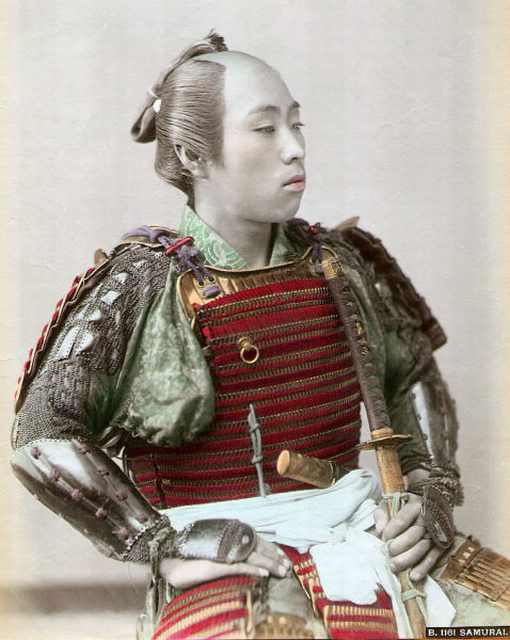 |